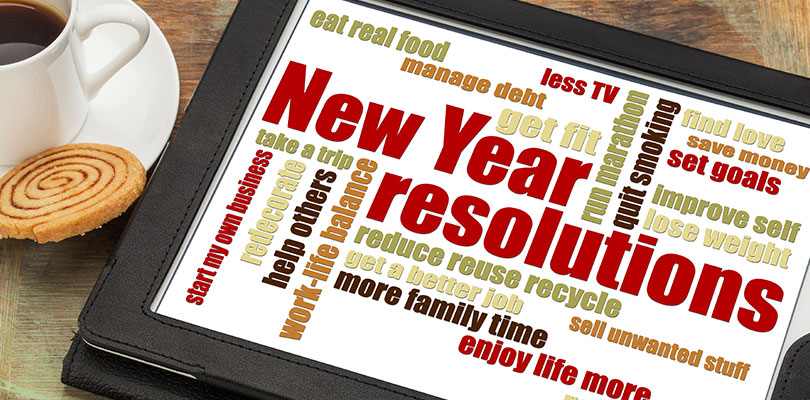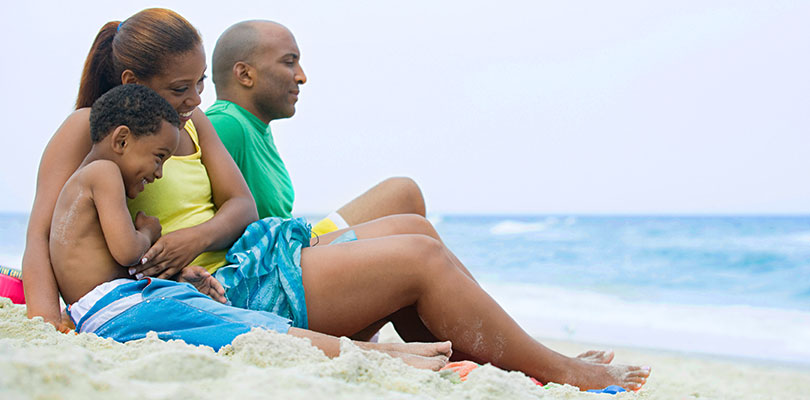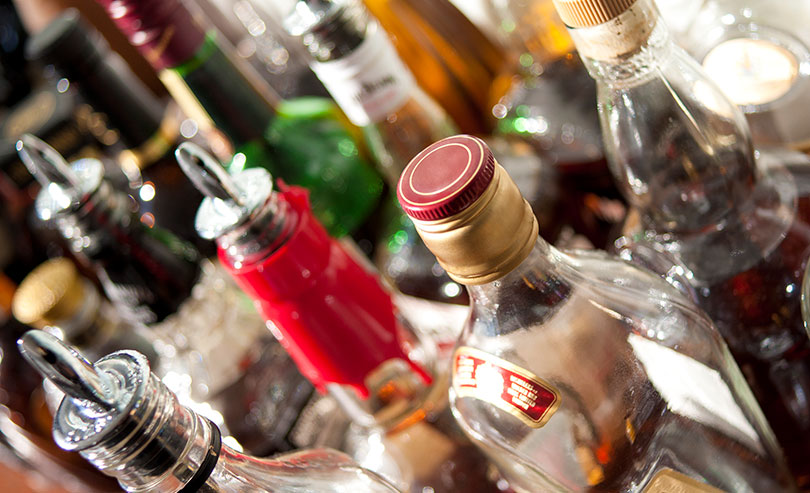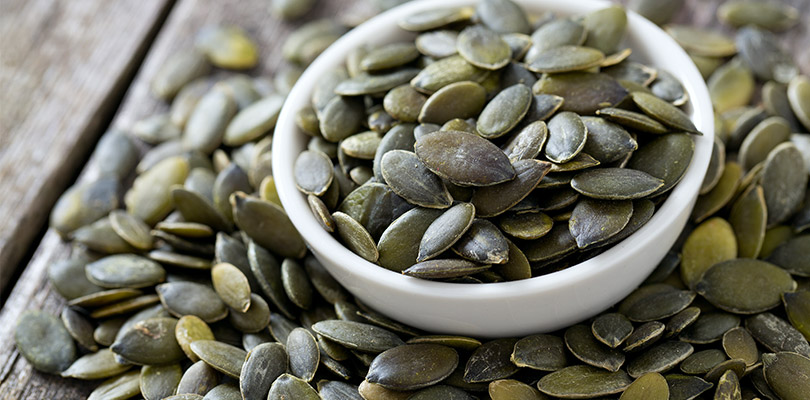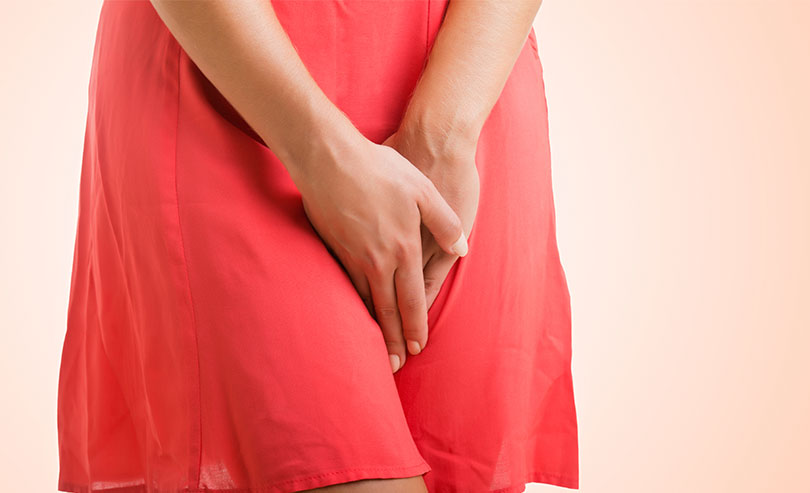Photo Credit: marekuliasz / iStockPhoto.com
How to Make This Year Your Healthiest One Yet
The holiday season brings a lot of OAB triggers, and the stress of impending bladder problems can take the fun out of the festivities. However, with a new year comes a new chance to get on track to a healthier body and better overactive bladder (OAB) management.
Like most people, better diet and more exercise are excellent resolutions for those with OAB. However, a chronic medical condition can make it difficult to adopt and stick with a general weight loss plan, so it’s important to think about your particular needs and limitations before you sign on.
Whatever your specific goals, any resolution needs patience, determination, and a comprehensive approach in order to succeed. Now that the New Year has passed, consider these specific, realistic solutions that can make your life with OAB noticeably better.
Focus on Whole Body Health
You likely give your bladder most of your attention, which can mean the rest of your body gets neglected. It’s important to remember that everything is connected: your body and mind is a web of interactions, reactions and supportive processes. Strengthening and streamlining different parts of your body can have profound effects on your bladder and your OAB symptoms.
Here are a few specific resolutions geared toward a stronger body, and stronger bladder:
Resolution: Lose Abdominal Fat
Carrying around extra weight is unhealthy for anyone, but it can be even worse for people with OAB. The extra pounds put a lot of strain on your sensitive bladder, especially when you carry them around your middle.
Unfortunately, there’s no precise approach to torch belly fat — when you lose weight, you lose it in several places at once. The best way to accelerate weight loss (abdominal or otherwise) is with regular cardiovascular exercise, some resistance training to boost your metabolism, and a wholesome diet to even out your calorie intake. Some exercises can help more than others, such as:
- Core yoga (especially the “flowing” variety). Vinyasa yoga styles that incorporate flowing transitions and core-heavy movements are aerobic, strengthening, and low impact — which will spare your bladder from having to absorb any shock. The abdominal strengthening work will help you build a good base of muscle, which can also improve your metabolism.
- Big muscle movements (running, biking and rowing). Getting your major muscle groups moving is a quick and effective way to build heat and burn calories. Jogging is a sure-fire way to lose weight, but if the bouncing is too irritating for your bladder, try out the rowing machine at your gym; it may look like an arm workout, but the movement actually involves a huge range of muscles.
Of course, a wholesome diet is also necessary if you want to see the number on the scale go down. After all, it’s easier to cut 500 calories from your diet than it is to burn that same amount on the treadmill. Before signing up for a diet plan, consider meeting with a nutritionist to get a good understanding of what and how to eat for long-term weight loss.
Resolution: Train Your Bladder Every Day
Daily habits are stronger habits, you make a point to work more bladder retraining exercises into each day. The more often you train your bladder to hold urine for longer, the longer and longer you’ll be able to hold it.
The hardest part of bladder retraining is ignoring the urge to go. It’s natural to worry about having an accident, and of course it’s just plain uncomfortable. But it does get easier, and once you start to see results, you’ll have the confidence and motivation to continue.
Traveling with OAB will likely complicate your preparations a bit, but you’ll be happy you took the time to plan well and prepare along the way.
A bladder diary is a good companion in your quest for more control. Use it as you would a daily journal, recording the amount of times you use the toilet, what you drink and how much, and any other details that relate to your bathroom habits. Leave it somewhere you can’t ignore it, like beside your pillow, next to the fridge, or even in the bathroom.
Resolution: Put Good Habits Before Impressive Transformations
OAB is a chronic condition, so the changes you make to your body and lifestyle should be sustainable. This means that it’s far better to forge good habits that will last a lifetime than it is to aim for lofty goals, like losing 20 pounds in two months.
An easier way to form new good habits is to focus on getting rid of bad habits. Commit to cutting down on diuretics like caffeine and alcohol right away, but don’t force yourself to stick to plain old water and bland food all the time. Put aside some time in the mornings and evenings to train your bladder or strengthen your body — your computer and television can wait. Little changes add up quickly, and without much effort on your part.
Ease Into Your Strategies
The quickest way to derail a New Year’s resolution is to jump in head first, committing all your time and energy to the goal. While determination and ambition have very big roles to play, you’ll be more comfortable and less prone to failure (and injury) when you start slowly and ramp up your routine.
Diet and exercise are two important places to make changes, but they can also be the most challenging areas to navigate. Good intentions can take you far, but realistic goals and tempered expectations will get you farther.
Too much exercise can make things worse. A strenuous fitness routine can be hard on the body — in fact, that’s precisely what it’s designed to do — and when you already have a prominent weakness (your bladder), this can hurt more than help.
Experts recommend that you scale back your ambitious gym schedule to two workouts a week, at least at first. This is much more manageable than a daily workout, especially if you’re not already a seasoned exerciser. If your aim is to get more active, build a bit onto your workout every week, not every day.
Cutting out a major food group won’t solve your weight issue. There’s always some sort of diet going around that promises easy weight loss, and the low-carb kick has been hanging on for years. But don’t fool yourself: simply eliminating one type of food, especially a fundamental building-block of nutrition, won’t get you to your weight loss goals any quicker.
Your body needs fat and carbohydrates as well as proteins to function well and maintain an ideal weight. The key is to focus on healthy, nutrient-packed sources: vegetables, natural fats (especially unsaturated varieties), fruits, beans and whole grains are all good. Indeed, grains — as long as they’re in their whole, natural state — can help you shed more weight than if you were to eliminate all grain sources, research suggests.
Support Increases Your Chances of Success
If you’re tempted to go it alone, you might want to reconsider. A strong support system can make all the difference when you’re tempted to give up, or when you’re not sure how to proceed. Support from doctors, therapists, personal trainers and nutritionists is especially powerful, because it will be backed by accurate and updated knowledge.
In the end, the more knowledge you gain, the more likely you’ll realize your goals, because you’ll understand how to get there, not just why you should. Vow to learn more about your illness, including new treatment options, and what you can do for yourself.
Be Determined
Willpower is a wonderful virtue, but many people have trouble finding it. It can hide under temptation, and burrow into self-doubt. The reality is, you already have the willpower you need to make the positive changes to ease your OAB, it’s just a matter of putting it ahead of the rest of your attitudes, emotions, and pre-conceived notions of what you can and can’t do. This year, resolve to have more faith in yourself, and your ability to change your health.
